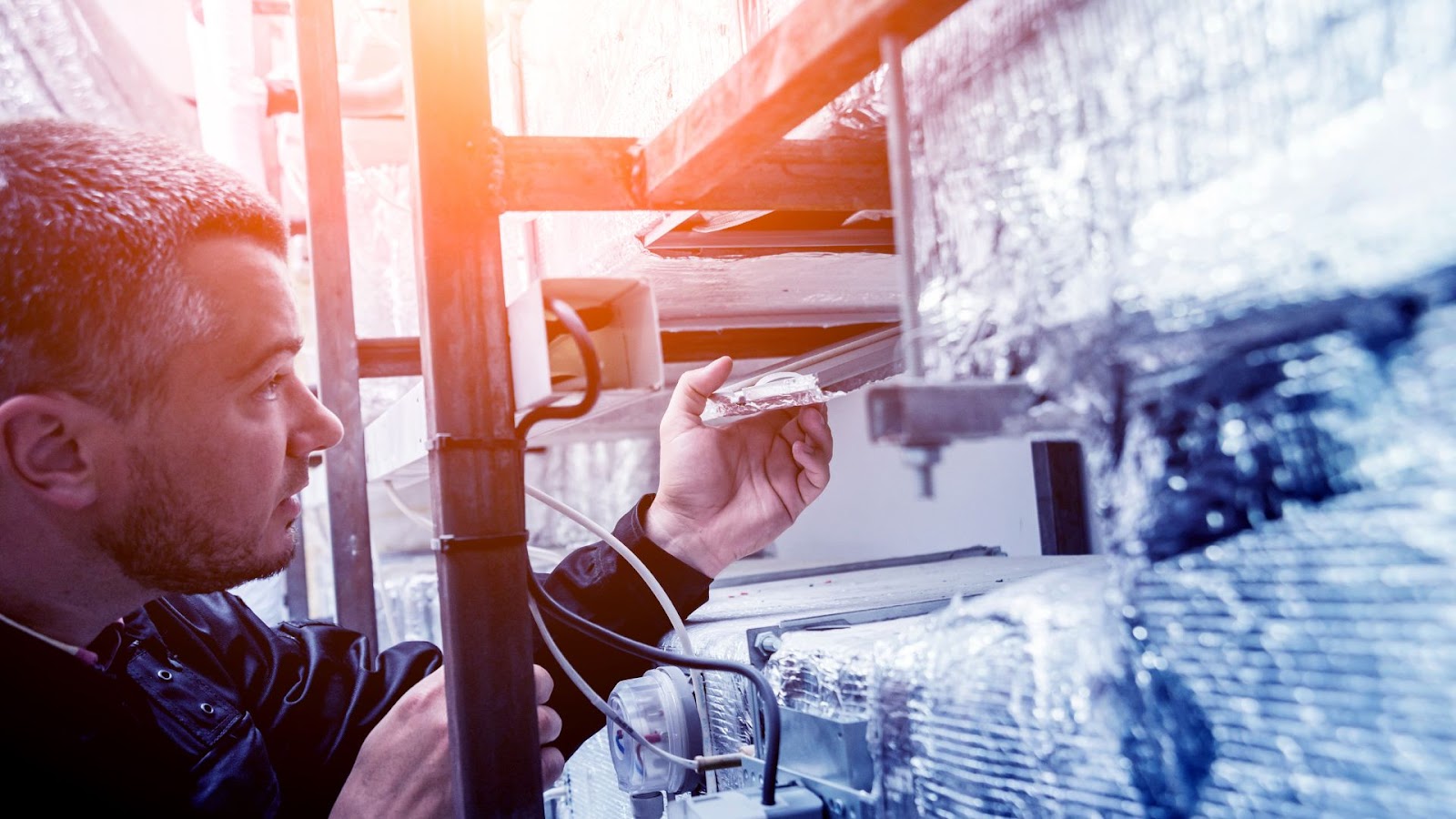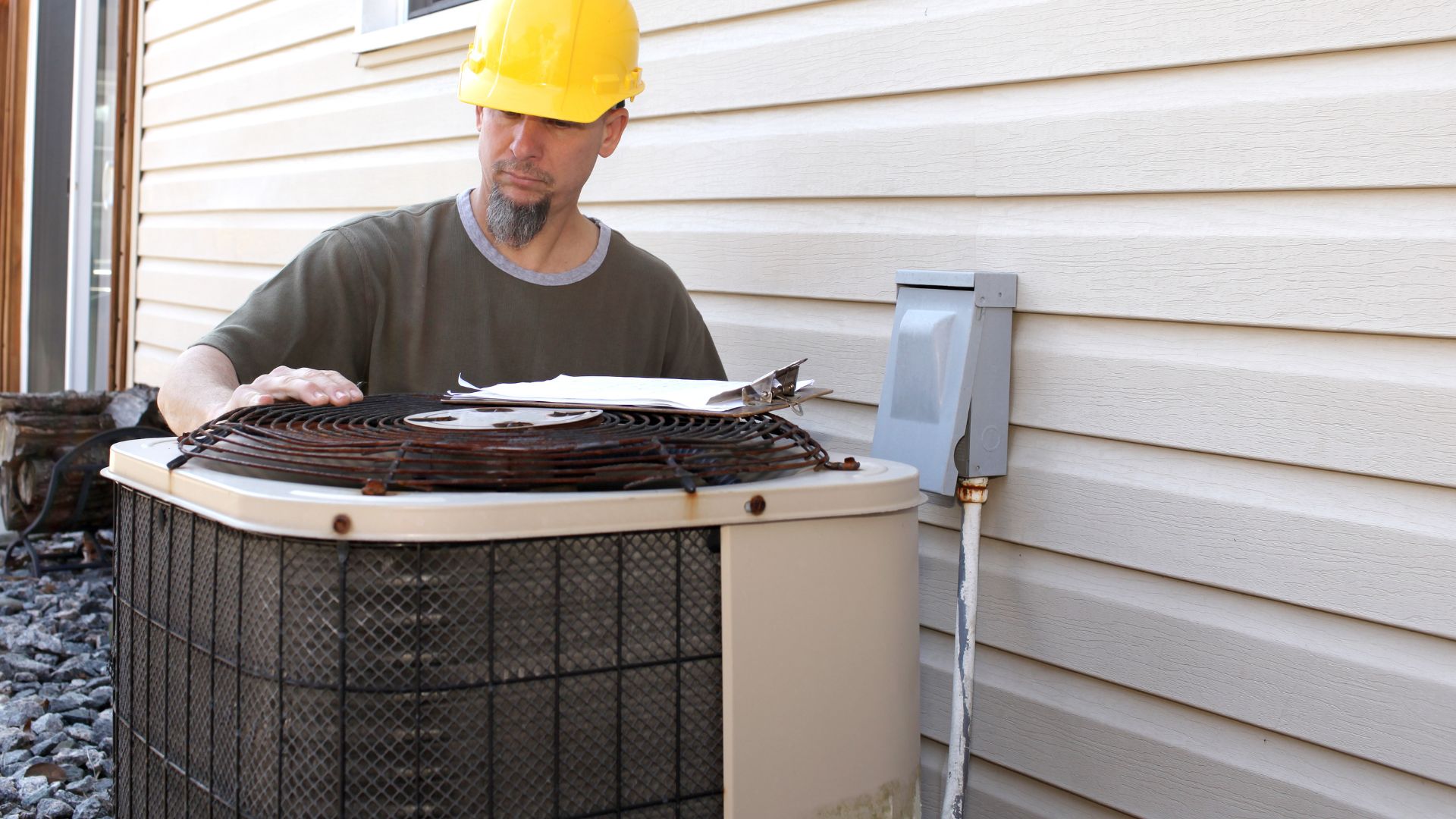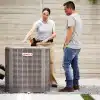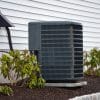Are you thinking of replacing your HVAC system but hesitant to call in a professional? Maybe you’re considering handling the job yourself.
While it may seem like a good way to save money, is it worth the risk?
Before diving into such a significant project, let’s explore the key components of an HVAC system and determine whether or not you have what it takes to tackle this on your own.
So, let’s find out if you can replace an HVAC system yourself in this blog post with Orzech Heating & Cooling!
What’s included in an HVAC system?

The heating aspect of an HVAC system includes the furnace or heat pump that generates heat to keep your home warm during colder months.
Ventilation involves the process of exchanging stale indoor air with fresh outdoor air through vents located throughout your property. This helps maintain good air quality and prevent the buildup of harmful pollutants in your living spaces.
The air conditioner is responsible for cooling down your home during hot summer months using a compressor unit and evaporator coil connected via refrigerant lines.
Other components may include ductwork, thermostats, filters, and humidifiers/dehumidifiers among others which are essential in regulating temperature and maintaining optimal comfort levels within the home.
Understanding these key components will help determine how much work you need to put into replacing an entire HVAC system yourself.
Can you replace the entire HVAC system yourself?
Replacing an entire HVAC system is a complex task that requires professional expertise and knowledge. The HVAC system consists of various components, including the furnace, air conditioning unit, ductwork, thermostat, and more.
Attempting to replace the entire HVAC system yourself could lead to costly mistakes and safety hazards.
For instance, you may not have adequate knowledge of electrical wiring or refrigerant handling procedures required for proper installation.
Additionally, installing an oversized or undersized HVAC unit can result in inefficient operation and unnecessary energy expenses.
Replacing an entire HVAC system involves careful calculations based on factors such as the square footage of your home’s space requirements. An experienced technician will help you determine which type of unit best suits your needs while ensuring optimal efficiency.
So this is a job best left to professionals who possess the experience and skills required for safe installation. Calling on experts ensures that your new equipment operates efficiently while maintaining optimal indoor comfort levels for years to come.
Can you replace an AC yourself?

Before attempting to replace an AC unit yourself, assess your skills and expertise in handling electrical equipment. Do you know how to disconnect the power supply safely? Can you identify the correct voltage requirements for the new system?
Another important factor to consider when replacing an AC unit is proper refrigerant handling. Refrigerants are hazardous chemicals that require specific tools and equipment for safe removal and disposal.
Furthermore, installing a new AC system involves various steps like ductwork modifications and airflow adjustments which can affect its efficiency if done incorrectly.
While it’s possible to replace an AC system yourself with enough research and preparation beforehand, it’s generally safer and more efficient to hire a licensed professional for this type of work.
Can you replace a furnace yourself?
Replacing a furnace is also not an easy task that everybody can do without any related knowledge and experience. While some homeowners may be tempted to replace their furnaces themselves to save money, it’s important to consider the potential risks involved.
Removing an old furnace can be dangerous as it involves disconnecting gas or oil lines and electrical connections. It’s critical to turn off all power sources before attempting any work on your furnace.
Installing a new furnace requires precise measurements and a mistake could result in poor performance or even hazardous conditions such as carbon monoxide leaks.
Improper installation of a new furnace can void its warranty and cause additional expenses down the line if repairs are needed due to mistakes made during the initial installation process.
Therefore, while replacing a furnace yourself may seem like an attractive option at first glance, it’s best left to experienced professionals who have the necessary training and expertise in dealing with these potentially hazardous situations.
The Bottom Line
Replacing an entire HVAC system is not possible if you don’t have knowledge, experience, and equipment. While there are tutorials and guides available online, attempting to replace them yourself can lead to costly mistakes or even injury.
It’s always best to consult with a professional HVAC technician before deciding whether to repair or replace your unit. They have the necessary knowledge, training, tools, and equipment needed for the job.
In short, replacing an HVAC system yourself is not recommended unless you’re a trained professional. It’s better to invest in quality service now than suffer the consequences of faulty installation later on.
So if you’re experiencing problems with your HVAC system, don’t hesitate to call in the experts!


